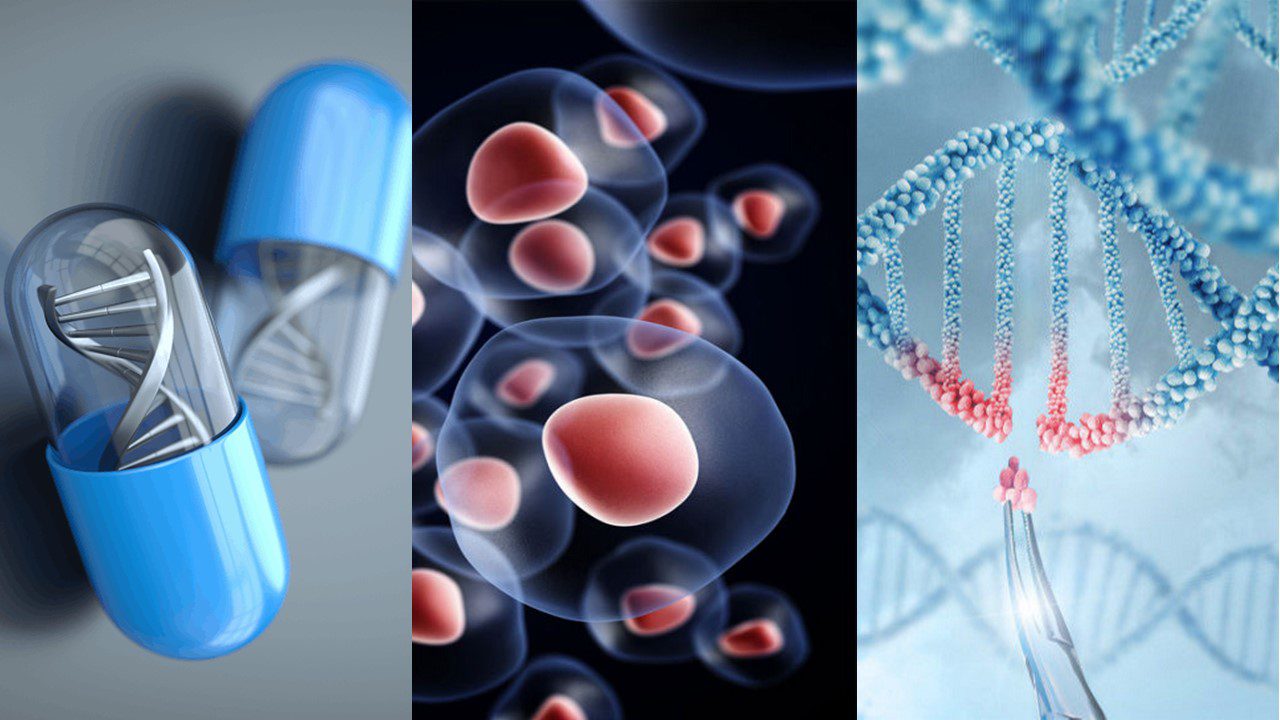In a groundbreaking study published in Science Translational Medicine, researchers from the University College London (UCL) have demonstrated the potential of gene editing techniques to address CTLA-4 insufficiency, a rare immune system disorder. This research could pave the way for new treatments not only for this specific disease but also for other conditions affected by genetic mutations. Led by Dr. Thomas Fox and collaborating with Dr. Pietro Genovese at Dana-Farber/Boston Children’s Cancer and Blood Disorder Center, the study showcases the power of cutting-edge CRISPR/Cas9 gene editing technology to repair faulty genes and restore normal immune function.
Understanding CTLA-4 Insufficiency
CTLA-4 insufficiency is a debilitating condition caused by mutations in a gene responsible for producing CTLA-4, a vital protein in T cells that regulates immune system activity. Recurrent infections, lymphoproliferation, and autoimmune are all symptoms of CTLA-4 deficiency, which is characterized by impaired regulatory T cell activity and hyperactivation of effector T cells. Individuals with CTLA-4 insufficiency experience severe autoimmunity, leading to the immune system attacking its own tissues and organs. Furthermore, these patients struggle to develop immunological memory, making them vulnerable to recurrent infections and even lymphomas. The standard treatment, bone marrow transplant, is risky and often unsuitable for older patients.
Repairing Faulty Genes with Precision
Using the powerful CRISPR/Cas9 gene editing system, the UCL researchers targeted and repaired the defective CTLA-4 gene in T cells obtained from patients with CTLA-4 insufficiency. By employing “cut” and “paste” gene editing techniques, the scientists corrected the errors, restoring the levels of CTLA-4 in the cells to those observed in healthy T cells. Remarkably, this approach also showed promise in mice, as injections of gene-edited T cells improved disease symptoms in the animal model.
Advantages of Therapeutic Gene Editing
The researchers highlighted several advantages of their gene editing approach compared to current treatment options. Unlike bone marrow transplants, which necessitate high doses of chemotherapy and prolonged hospital stays, gene editing of T cells offers a less toxic alternative. Collecting and correcting T cells are simpler processes, reducing the time patients would need to spend in the hospital. The potential of this approach to improve multiple disease symptoms is a significant step forward in the treatment of CTLA-4 insufficiency.
Preserving Natural Gene Regulation
A key aspect of the UCL team’s gene editing technique is its ability to preserve the natural regulatory mechanisms of the CTLA-4 gene. The approach uses a modified virus to deliver a corrected sequence of DNA to the cells, which is then incorporated into the gene through a cellular DNA repair mechanism called homology-directed repair. This strategy ensures that the gene’s essential sequences, known as introns, remain intact, allowing the gene to be switched on and off as needed by the cell.
Unlocking Potential for Broad Application
Although CTLA-4 insufficiency is a rare disease, the gene editing therapy developed by the UCL researchers holds promise for other genetic conditions as well. This study serves as a proof of concept, showcasing the potential of gene editing to correct dysregulated or overactive genes. Furthermore, this groundbreaking research expands our understanding of gene expression and regulation, shedding light on fundamental biological processes.
Moving Forward to Precision Medicine
The success of this research has significant implications for the field of immunology and beyond. By honing the CRISPR/Cas9 gene editing system to rectify genetic mutations, scientists have taken a major step forward in the quest to develop personalized medicine. This groundbreaking approach not only holds promise for rare diseases but also for common conditions influenced by genetic factors.
Moreover, the study highlights the importance of preserving the delicate balance of gene regulation. The ability to leave intact the natural mechanisms controlling gene expression while correcting the underlying genetic defect is a crucial breakthrough. It ensures that the corrected genes function harmoniously within the complex network of cellular processes, minimizing the risk of unintended consequences and maximizing the therapeutic potential.
Looking ahead, the path to translating these findings into clinical applications requires further research and refinement. As scientists continue to refine the techniques and address any potential challenges, the prospect of therapeutic gene editing becomes increasingly tangible. Collaborative efforts among researchers, clinicians, and regulatory bodies will be vital to navigate the ethical considerations, ensure patient safety, and pave the way for responsible implementation of this groundbreaking technology.
A World of Possibilities
As the field progresses, gene editing holds immense promise for transforming the landscape of medicine. Beyond the realm of immune disorders, the ability to precisely correct dysregulated genes opens up a world of possibilities for treating a wide range of conditions. Genetic mutations associated with cancer, metabolic disorders, and neurological diseases may be within reach of therapeutic intervention, providing hope for countless individuals and families affected by these conditions.
As we continue to unlock the secrets of gene expression and regulation, the potential to revolutionize medicine and improve countless lives becomes increasingly within our grasp.
Study DOI: 10.1126/scitranslmed.abn5811
Subscribe
to get our
LATEST NEWS
Related Posts

Featured
Sygnature Discovery Teams Up with Axol Bioscience to Unleash Human iPSCs’ Power
Sygnature Discovery partners with Axol Bioscience to explore hiPSC-derived microglia for antineurodegenerative drug discovery.

Cell & Gene Therapy
Telethon, Licensed to Leverage Takara Bio’s RetroNectin®
Takara Bio collaborates with Fondazione Telethon ETS in a RetroNectin® license agreement.
Read More Articles
Synthetic Chemistry’s Potential in Deciphering Antimicrobial Peptides
The saga of antimicrobial peptides unfolds as a testament to scientific ingenuity and therapeutic resilience.












